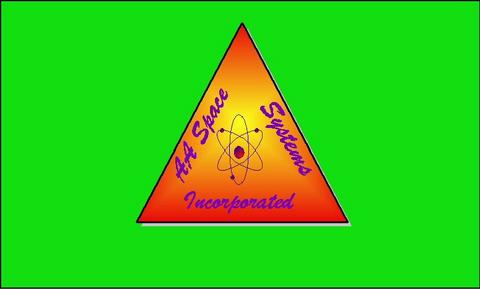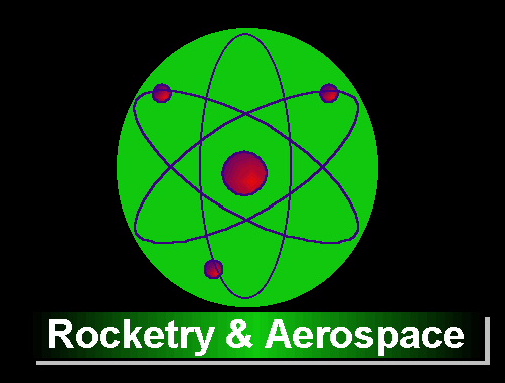

| SPACE SYSTEMS, INC - A Division of the AA Institute |

 AA Institute History: First test launch of Ascent 1
AA Institute History: First test launch of Ascent 1
Article posted: 21 October, 2002 The AA Institute of Space Science & Technology (the "AA Institute") first conceptualised the idea of launching private rocketry and aerospace missions, initially on a miniature scale, lower atmospheric test-flight basis back in mid - 2002. The first step was to design and develop proto-type models of a launch complex and the Institute's perceived class of fully expendable launch vehicles - dubbed the "Ascent" series. AAI set up a separate division headed AA Space Systems, Inc to manage the initial proto-typing and ongoing developments in respect of the Institute's Rocketry & Aerospace program. Then, in October 2002 came the pioneering first launch. The mission carried a micro-payload comprised of 8 aerodynamic Sycamore seeds, with an integrated vehicle-payload mass of 0.0570 kg at lift off. Maximum altitude attainment during the single stage rocket's short flight was estimated at 150 to 200 metres. The trajectory was severely impacted by strong winds as noted in the official Ascent-1 mission log: Morning of Saturday 19th October, 2002: "Conditions around the launch pad were sunny and dry with a hint of ground frost, with overnight temperature lows of -0.9 deg. C recorded. Clear blue sky, with low sun in the south east. Lift-off occurred at 0844 hrs GMT, slightly behind schedule due to extended pre-launch technical checking. Initial ascent trajectory was vertical as intended, with a strong, white vapour trail seen well defined against the blue sky right up to the point of ejection charge detonation. However, by mid-stage of the initial climb, wind coming from a north westerly direction had caused Ascent-1 to drift downrange by something like 100 to 150 mteres to the south east of the launch site. The ejection charge detonated at T+03 seconds with a loud audible explosion. A puff of smoke and outwardly expanding coloured sparks were then seen giving a spectacular display against the blue morning sky. The "inertial guidance" stick did not separate from the booster during ejection, nor was there any visual acquisition on the sycamore seeds, which were probably too distant to be individually seen and could possibly have remained attached to the payload fairing of the launcher." "Major factor affecting this launch was the wind causing excessive downrange drifting such that by the time the ejection charge was detonated, the vehicle had drifted too far to the south east from the launch complex to enable visual confirmation of successful payload separation." Published below, from the Institute's history archives, are four sequenced images captured during the innaugural flight of Ascent 1:- ![Ascent 1 pre-launch [AA-Space Systems, Inc.]](ascent-1_pre-launch.jpg)
Ascent 1 Pre-Launch @ 0843 hrs (T-60 sec). Final pre-launch technical checks completed, video equipment positioned close to launch pad. ![Ascent 1 powered-ascent phase [AA-Space Systems, Inc.]](ascent-1_cruise-stage.jpg)
Ascent-1 Cruise Stage (T+02 sec) Mission AA-Ascent-1 drifts some 200 metres down range from the launch complex in strong winds. ![Ascent 1 payload separation burn [AA-Space Systems, Inc.]](ascent-1_separation_burn.jpg)
Ascent-1 Payload Separation Burn (T+03 sec) ![Ascent 1 un-powered descent phase [AA-Space Systems, Inc.]](ascent-1_un-powered_flight_phase.jpg)
Ascent-1 Un-powered Flight Phase (T+05 sec) The "Rocketry & Aerospace" program is an aspirational initiative of the AA Institute of Space Science & Technology 
|
|
|